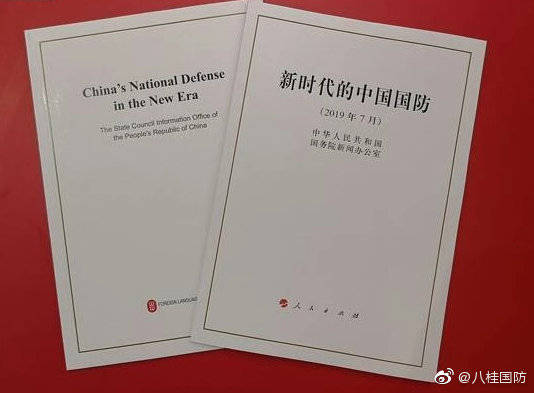China after World War 2 had a Republican Government lead by a party Kuomintang 'KMT' (1945 to 1949) which was defeated by Communists, but the KMT leaders escaped to Taiwan and established 'Republic of China' or ROC there
So while China had its experiment with Communism on the Mainland, Taiwan and Hong Kong were Control Experiments in capitalism
Indian comparison of control experiments are Pakistan, Bangladesh and Sri Lanka ... (will revisit it later)
Collective farming,
Re education of city people sending them to farms
Great Leap Forward
Killing all sparrows to save grains ...
He invaded Tibet (which was a separate country) and also had a war with India in 1962 (and occupied Aksai Chin) ... this was critical to ensure the source of the rivers which flow through China - Yang Tse, Mekong, Yellow River
- modified the Mandarin script from 'Traditional' to 'Simplified'
This increased literacy by a huge factor.
Mandarin is an ancient and a tough language ...
Being an ancient language, its closer to hieroglyphics or picture writing.
By simplifying the script, it achieved mass literacy, and
Communism ensured universal education
But here - Mainland definitely scores ahead. (I have tried learning Mandarin in 9 years in singapore - but given up)
His famous words 'Women hold up half the sky'
These two 'universal literacy in simplified script' and 'female labor force participation' allowed China to grow rapidly in the future (despite Mao's other missteps)
Surely if people are same the different system works?
He sees Chinese people doing well in HK, Taiwan, and even Singapore and thinks ... what could be changed?
'Doesnt matter if the cat is black or white, as long as it catches mice'
'cross the river by feeling the stones'
Allowed China to move from previous communist ideology (collective farms) and experiment with capitalism (in small SEZs)
Equivalent in India is opening its economy in 1991 (China is 1977-78) ... and allowed Chinese to start trading with the west.
Hong Kong was still under British rule and English Law.
Foreign companies were willing to set up a trading arm in HK which would buy goods from China.
Taiwanese businessmen setup up factories in Chinese SEZs
Meanwhile - China had reforms in Agriculture, and Labor laws (only in SEZs) and state owning all land made land acquisition easy for setting up manufacturing plants ...
This also probably was cause for Asian financial crisis in 1997 (my opinion)
Educated labor force, including women, (not to mention one child policy ensured women had to spend less time taking care of kids - outsourced to grandparents) ...
Capital flowing in via Hong Kong,
Technical expertise flowing in via Taiwan
huge labor force
American firms want to cut costs ...
perfect set of circumstances to export from China to the West
How do you survive if your customer is bust
2010s was huge infrastructure boom - building homes, railways, airports, ports ...
Nevertheless this boom was financed by local banks (where there were high savings, due to capital controls locals couldnt take money out) and there seems to be lot of bad investments financed by large debt
2000s was driven by trade (exports)
2010s was driven by investments (infrastructure) ...
what next?
But my personal opinion is others arent ready for it like China was, and arent as productive.
Sri Lanka, Cambodia or Pakistan arent like China ...
China controlled population due to one child policy from 1981 onwards. So much so that its been changed to 2 child policy but the cultural norm is a smaller family.
Also the real estate boom means its too expensive to have a bigger house
The government of China has few stated objectives
- Technology (leaders in 5G and AI/ML)
- domestic consumption (has rich middle class)
- Finance (opening its domestic market to foreigners)
Japan saw banks rolling over debt of zombie companies, and then zombie banks being bailed out by the government.
So corporate debt -> bank debt -> govt debt
Its no surprise China is opening up its debt market to foreigners.
Also Chinese households have large savings in local banks earning negative real yields.
This could be deployed directly via bond funds (disintermediating banks)
due to one child policy - many parents had pre natal screening and aborted female fetuses, thus there are surplus men who arent married.
This might see many going and getting brides from neighbours (Vietnam, Laos, Cambodia, Pakistan)
4 Grandparents have one grandchild, who inherits 3 homes (parents and grandparents) ... what happens to the surplus?
despite all the headlines, US and China are in conflict as US sees China investing its trade surplus in technology and taking a lead there.
Chinese technology firms are on forefront of AI
Similar progress is being made on cancer research
Never the less, with Trump wanting to win elections, and needing a win (focussed on stock market) while China has been thinking longer term (Xi is leader for life)
Unlike Japan, China might actually overtake US in GDP as the biggest nation.
Chinese companies have fewer restriction in testing Cancer drugs ...
Chinese technology firms, and Chinese consumption
Bearish on Chinese Banks (bad loans, inverted balance sheet, more competition from abroad)
VERY bullish on
foreign companies setting shop in China to tap the market
(e.g. JP Morgan or Tesla ...)
Its a large market (2nd biggest economy) and large savings pool.
Both are over valued.
Where will this pool of money go for diversification?
Thats where the money is (in my opinion)
Visit it.
If you speak English, and Chinese there are HUGE opportunities.
China will lead the renewable energy (Solar, Wind) and Battery technology including electric cars too.







